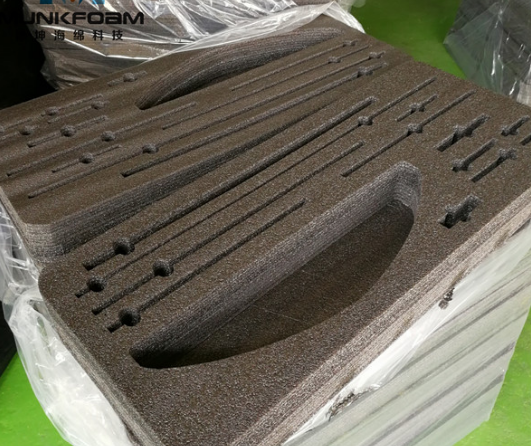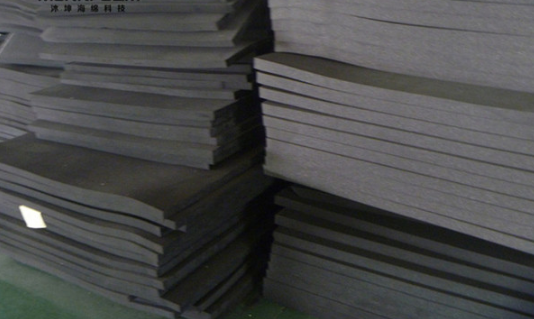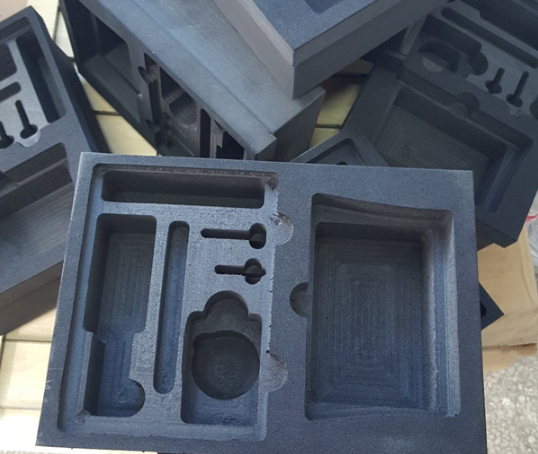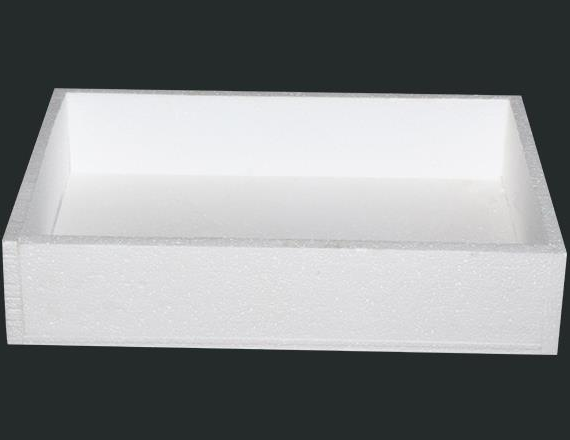The Most Common Types of Packaging Foam
If you're seeking a reliable solution to ship your items securely to their destination, foam stands out as the optimal choice for packaging. Numerous foam materials possess affordability, effectiveness, lightweight properties, and the flexibility to be easily shaped into customized forms. This versatility ensures maximum protection for your products while minimizing material usage, ultimately reducing costs.
While recognizing that foam packaging is the ideal choice, determining the most suitable type of foam might seem daunting. How do you select the best packing foam that aligns with both your products and budget? With an array of options available, our experts are here to guide you through this decision-making process. To begin, here's an overview of some common types of packaging foam we offer to our valued customers.
Expanded Polyethylene (EPE)
Expanded Polyethylene (EPE), commonly referred to as beaded foam, is a thermoplastic resin molded into various shapes after being melted and cooled. This lightweight and resilient foam provide excellent cushioning and shock absorption capabilities. It boasts a high weight-to-strength ratio and remarkable thermal resistance. Moreover, EPE demonstrates resistance to water, oils, and chemicals while serving as an effective insulator.
Its non-abrasive nature makes it particularly suitable for applications requiring superior protection for delicate items, including those with class A surfaces. This characteristic renders EPE ideal for safeguarding delicate materials that necessitate high-quality preservation.
Polyurethane (PU)
Polyurethane foam may be most widely known as an excellent type of foam for cushioning and mattresses, but it also makes a great packaging material. Polyurethane is an elastic open-cell foam, which makes it highly flexible and soft. This means the material is ideal for protecting very delicate items that may be susceptible to damage from vibrations while in transit.
Polyurethane excels in absorbing shocks effectively while maintaining its original shape. Often crafted into "egg crate" formations, it is commonly used to line protective cases and boxes. Its resistance to mildew makes it an excellent choice for packaging items, especially food and other products prone to moisture-related damage.
Expanded Polypropylene (EPP)
Expanded Polypropylene (EPP) is a closed-cell beaded foam renowned for its exceptional protective qualities due to its distinctive properties. This foam type serves as an outstanding shock absorber, displaying a high strength-to-weight ratio and remarkable impact resistance. Its thermal insulating capabilities, resistance to water and chemicals, and the ability to be fabricated in various densities based on specific requirements further enhance its versatility.
EPP stands as a dependable form of protective dunnage suitable for a wide spectrum of applications, spanning from consumer products to food-safe uses.
Polyethylene (PE)
Polyethylene (PE) is a closed-cell foam that boasts denser properties compared to polyurethane. This density factor makes it an ideal choice for safeguarding larger and bulkier items that might otherwise compress standard polyurethane protective packaging. Non-absorbent in nature, polyethylene proves highly effective when exposed to water, chemicals, and other liquids. Additionally, this material exhibits resistance to molding, rotting, or easy growth of mildew.
Polyethylene foam shines in packaging applications requiring vibration dampening, insulation, electrostatic discharge (ESD) and anti-static protection, or high shock absorption.
Expanded Polystyrene (EPS)
Expanded Polystyrene (EPS) is an incredibly lightweight and rigid closed-cell foam. Its standout characteristic lies in its impressive R-value, positioning it among the top insulators within protective packaging materials. Renowned for its energy efficiency, EPS showcases robustness and a non-abrasive nature. Furthermore, it stands out for its exceptional cost-effectiveness. High dimensional stability, coupled with low moisture and vapor permanence, further solidify the advantages of opting for this foam packaging material.
50
0
0





Comments
All Comments (0)